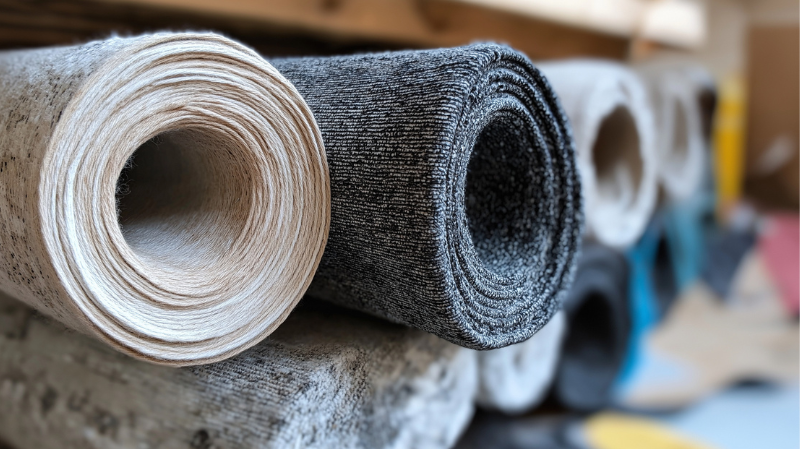
Cashmere has been known to be one of the world’s most luxurious fabrics, soft, warm, and elegant. Whether worn around your neck in a warm scarf or over your body in a fashionable sweater, cashmere adds an unprecedented amount of comfort and style to any wardrobe. But how come cashmere is so special, and why is it regarded as a luxury item?
In this guide, we’ll look at the history of cashmere, its special characteristics, and what makes it different from other fabrics. By the end, you’ll learn more about why cashmere is worth the money and how to take care of it. Find out here why this fabric has won over the hearts of fashion and textile enthusiasts.
What Is Cashmere?
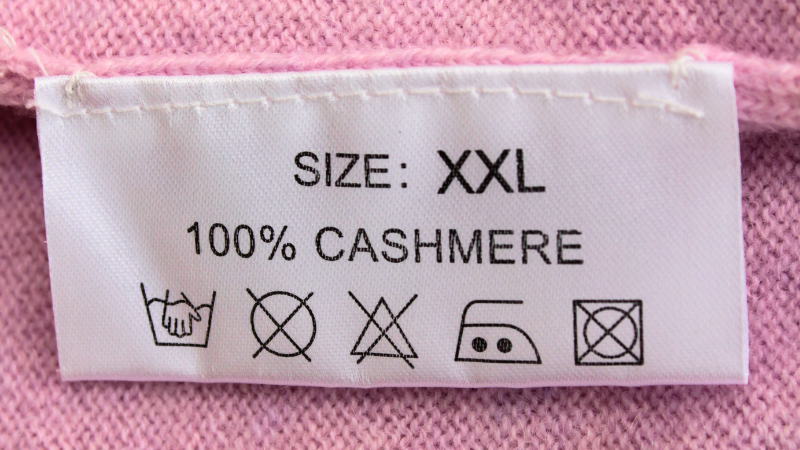
Cashmere is natural fiber, known for its luxury softness and good warmth, derived from the under coat of cashmere goats (Capra hircus). These goats, found mostly under severe conditions in Mongolia, China, Nepal and Afghanistan have fine downy undercoat which protects them against freezing. This down is the much sought for cashmere fiber which is obtained delicately once in a year.
The cashmere compared to an ordinary wool can be highlighted by its fantastic softness and lightness. Cashmere fibers are also thinner than other wool, and so can contain more air, warming without the extra bulk.
This strange mix of weightlessness and heat has made the material the synonym of luxury and comfort, frequently applied to high class fashion. Rather than sheep wool, which can be coarse to the skin, the cashmere touches the skin in a plush indulgent way. It’s no wonder that cashmere is known as “timeless luxury” in the cashmere wool industry.
Comparison to Regular Wool
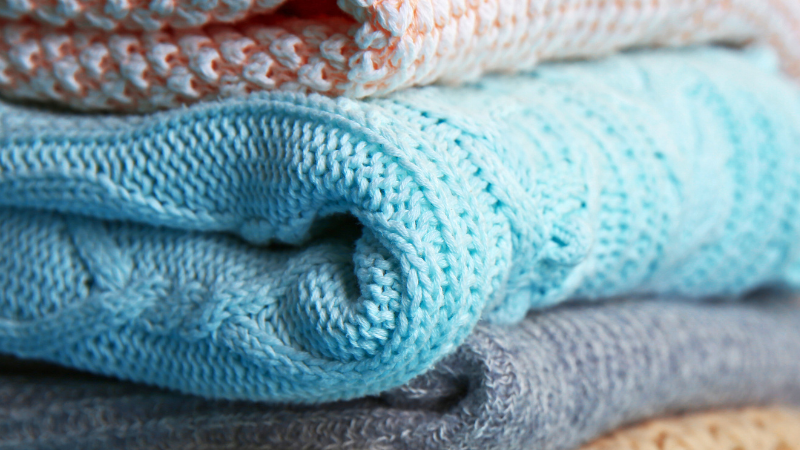
Cashmere is compared with regular wool due to the same origin, but it beats it with its better qualities. Rather than the usual pashmina wool, cashmere is known to be lighter, smoother, warmer, and more luxurious in turn. Now let’s make the main distinction between raw cashmere and regular wool:
- Softness – Although, common wool is sometimes scratchy and prickly on the skin cashmere’s softness is a real caress. Its fine hairs glide down even into the most sensitive skin, therefore the best choice for those who want luxurious feeling. If you have been scared to walk around in wool because you haven’t felt nice doing it Cashmere is going to change your mind about softness.
- Warmth – Cashmere is warmer with the lightness, without the lumpiness of raw wool. It’s really light and you won’t feel like a ton of weight is resting on your shoulders, however, being warm. Whatever the case, whether lounging round the house, or going outside into colder climes, cashmere wraps you in warmth, minus the extra bulk of regular woolly wear.
- Rarity – Each cashmere goat only produces small amounts of usable fiber each year, a condition that makes it a luxury commodity that is much less available than normal wool. That exclusivity is why cashmere goods are always thought of as an investment to eternal luxury.
What Is Cashmere Made From?

Pure cashmere is obtained from the fine under coat of cashmere goats which is an essentially high altitude animal, such as in Mongolia, China, Nepal, Afghanistan and the French government. These are special goats built for extreme cold and their thick downy undercoat is their protection from freezing. The luxury cashmere fibres are achieved through a fine combing during shedding season. Each cashmere goat produces only about 150 grams of usable fiber annually which is shockingly small compared to other fiber producing animals such as sheep.
The dearth of cashmere is one of the greatest reasons why it is so costly. The minute fibers are collected by hand and little is produced by each pashmina goat. The sensitive exercise of gathering cashmere requires the careful brushing through the goat’s coarse hair and soft undercoat, so that only the softest and finest fibers are plucked. Moreover, cashmere goats have to be sheared once year thus reducing the collection further. The scarce nature of cashmere’s supply, coupled with labor-intensive harvesting techniques, makes this fabric one of the world’s most expensive fabrics that is designed by cashmere industry creators of the cloth and admirers of the textile.
Properties of Cashmere Fabric
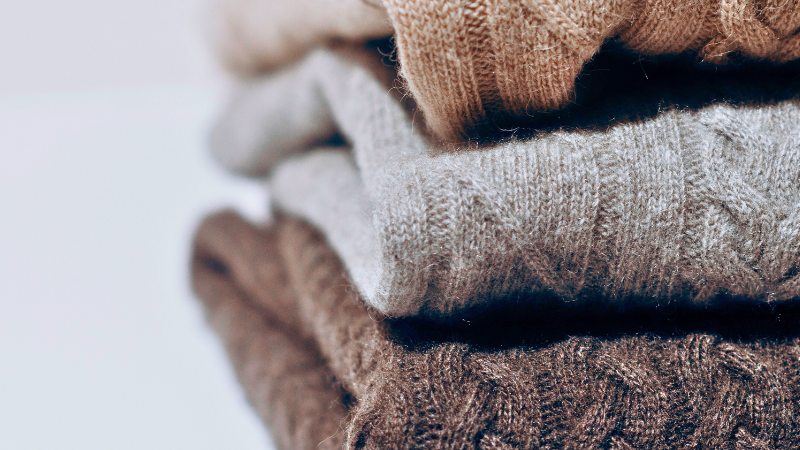
Cashmere fabric is known for its ability to create a marriage between class and outright comfort. It has a number of exceptional properties that make it the darling of designers and consumers after luxurious functioning textiles:
- Soft and lightweight – Cashmere is the softest out of the soft. Its fiber is finer and softer than that of most other wool fibers; in fact, it is almost silky to touch. The ease at which the fabric does not weigh down the wearer enables it to insulate without being too heavy or bulky making it perfect for layering in cooler months.
- Excellent insulation and warmth – Being so light, cashmere is a better insulaor. The fine fibers will trap more air around the body where it keeps it warm without making the body overheated. This makes cashmere the right choice for winter clothing, and in between seasons when warmth is needed but without the bulk.
- Breathable, natural stretch – Cashmere is a natural breathable fabric so the fabric keeps a person’s body temperature at normal levels. Regardless of whether you wear it in cooler or warmer climates, adjusts to your bodies needs. Furthermore, it’s natural stretch is a benefit that means your cashmere garments will keep its shape, a comfortable fit that moves with you.
- Long-lasting with proper care – Cashmere is very strong if taken care of. They are difficult to handle but can be very long lived softening and more and more luxurious if cared for: gentle washing and correct storage. The fabric’s long life makes it excellent value for money for persons who wish to purchase high-grade, durable fabrics.
What Is Cashmere Wool?
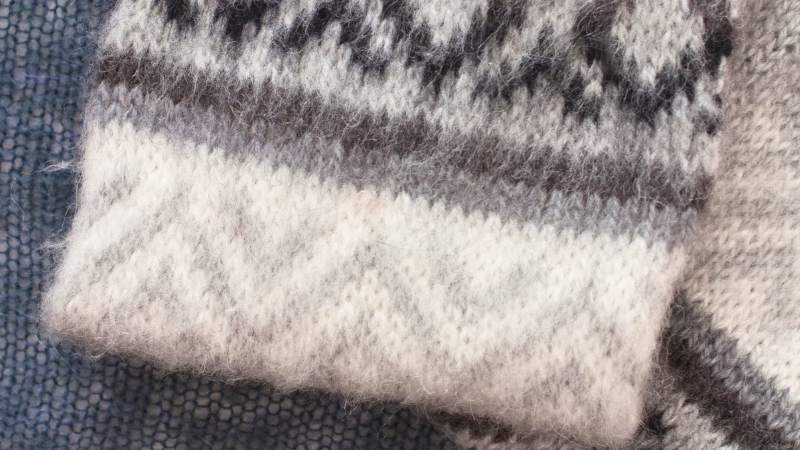
Cashmere is a wool product of a very careful making- taking the crude cashmere fibers and thinning it down to yarn to weave and knit with. The first step in the journey is shearing or hand combing of goats to collect goats’ downy undercoat.
Depending on the application when being harvested, the fibers undergo dehairing procedures whereby rough outer hairs are removed and the best, softest fibers are left. The rest of the fibers are then pulled out in a yarn to make clothes.
Cashmere Wool vs Regular Wool vs Merino Wool Comparis
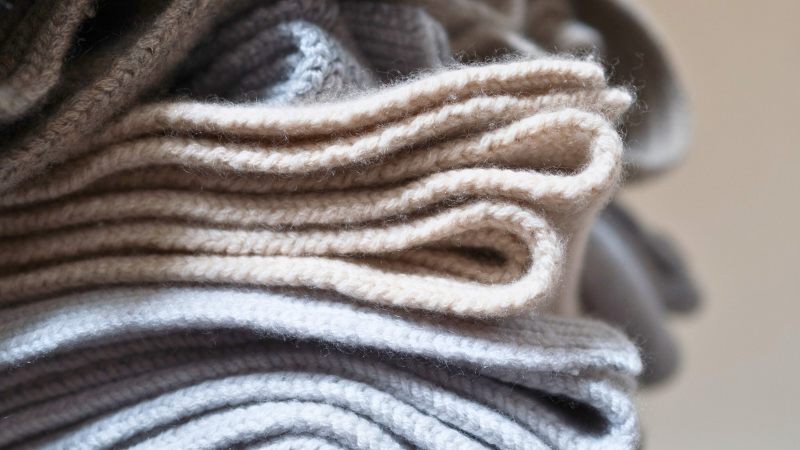
Before making a choice between cashmere and regular wool and merino wool it is important to know the differences in comfort, warmth, durability and price that each of the wool has. Below, we have a rundown of the most notable of each.
- Softness – Cashmere wool is considered for its wonderful softness, that luxurious feeling one gets on one’s skin. It is coarser than sheep wool, and could be prickly, whereas merino wool is less soft than regular sheep wool, but smoother than cashmere.
- Warmth – Cashmere wool is extremely warm, but not bulky, so it’s great for layering. Merino wool also provides great warmth, whereas sheep woo,l although warm, can seem bulkier and heavier.
- Durability – Sheep and merino wool are famous for toughness and wear resistibility. Cashmere wool is expensive, luxurious and more of it need caring.
- Price – Cashmere wool is the priciest because of rarity of the textile product, and the laborious process of harvesting. The cheapest of all is sheep wool production, which is widely available, merino wool is known for great quality and reasonable pricing.
Common Uses of Cashmere

Fashion and home decor industries are seeking Cashmere because of luxurious property that can be applied to the various use in the fashion and home decor industries.
- Apparel – For clothing, cashmere is best known for clothing, sweaters, scarves, coats and gloves. These clothes, not only releases much warmth but also intelligent elegant appearance. Cashmere works for both casual and a formal garment like the Kashmir shawls from Indian subcontinent, makes it an ideal choice for high fashion ethusiasts.
- Home textiles – In addition of clothing, cashmere is also used in production of luxurious home textures like throws, blankets and pillows. These gems will add any room some additional warmth and coziness. pushing the atmosphere even further, in any living space.
- Blended fabrics – Cashmere is usually combined with other fiber (cotton or silk) to make it softer and longer life without actually losing its luxury value of the material. Mixed fabrics make the production of cashmere cheaper and multiform in application not reserved for high fashion.
Pros and Cons
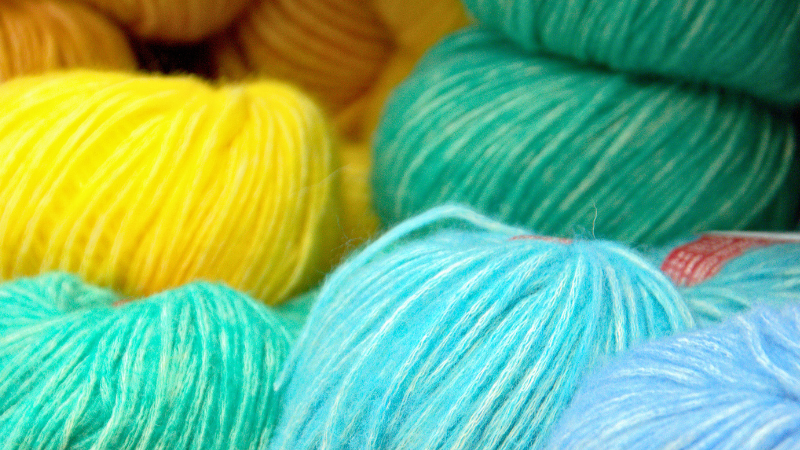
Cashmere is a wonderful material offering superb comfort and style but, as with anything else, this very fine material has its own benefits and fears. What you should know about the pros and cons of cashmere to guide you into what fabric to settle for on your clothes is below.
Pros
- Soft to touch – Cashmere is well known for its marvelous softness (as one feels wearing silk). This softness is because it has fine delicate fibers, which are removed from casher goats hence a perfect selection especially for individuals who have sensitive or distributed skins or people that love comfort. The cashmere in comparison to other fabric (which made you feel the roughness or even scratch you) wraps you in creature comforts and a dream to wear; regardless if it is a sweater, scarf or a blanket.
- Classy – Cashmere is the label of luxury and a discussion of it oozes sophistication and taste. The upscale vibe in the material makes even a slop clearer to wear whether it’s an event or not. And more, it has soft texture; and such can add the style a touch of sophistication, which will make you feel just a sophisticated man or woman there. The cashmere goods are a question of status, always, therefore the desired value of any wardrobe.
- Warm and lightweight – This is what cashmere is best known for though, the ability to keep its user warm but the weight of most other material. It differs from the conventional one because it is light in weight, and insulates, highly. It’s fabulous to layer on the cool months because it will keep you warm without making you heavy.
Cons
- High price – Lack of cashmere availability on top of this being laborious to get it makes it costly. Each cashmere goat produces very little of this fiber each year, the fine work of gathering and spinning the material makes cashmere more costly than most materials. Even though it’s an investment, the high cost may not sit right with those who budget or do not usually pay for the best quality fabrics.
- Delicate – Rather than stronger materials, it must be hand-washed or dry cleaned in order not to damage it. The fibers are tender and may go hard or lose their shapes when they are exposed to hard washing. This soft regime is hard work and cashmere is not so handy for the cash-on-the-nap lot.
- Risk of pilling – With time, little balls (pilling) of the fuzz tend to appear on cashmere, particularly in the places that rub one against another frequently, for instance, the elbows or underarms. Although a lot of the pilling can be prevented by just looking after the item (by using a pilling comb or washing the item in a mesh bag), it is something to bear in mind when buying the cashmere. This potential pitfall however is in most cases over ridden by the indulgence and comfort of the material, as is the case with careful handlers of it.
How to Care for Cashmere
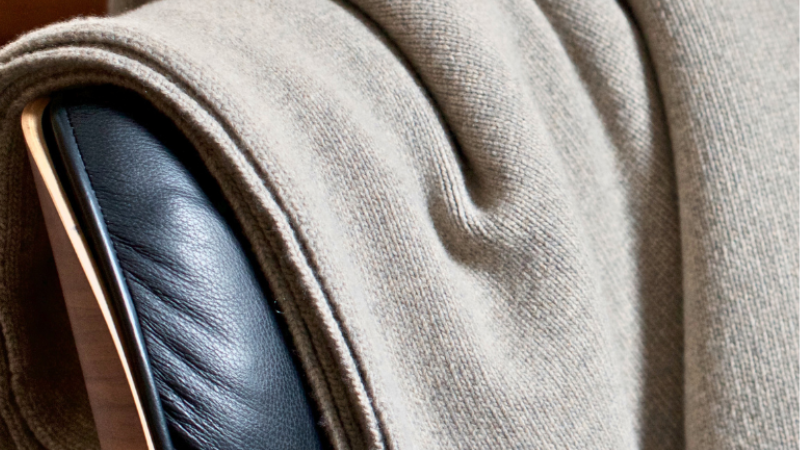
Special attention is needed for Cashmere clothing in order to enable them to maintain their quality and length of life:
- Handwashing vs dry cleaning – Cashmere is hand washed in cold water and in mild detergent. Another alternative is dry cleaning but sometimes; it removes the fabric from its softness. Have a look at the care label before you decide.
- Storage tips – Fold cashmere pieces anytime, never hang them: hanging will stretch the fabric out of shape. Store them in a cool dry place from harm through moths and other pests.
- Tools – Gently pull out fuzz with a pilling comb, and keep your fabric neat with use. When washing put clothes in a mesh bag so not to snag and use cashmere detergent for the softness of the fabric.
Is Cashmere Sustainable and Ethical?

The cashmere extraction has raised fears about sustainability largely in countries like Mongolia where goats that produce the cashmere have done a lot of land degradation due to their grazing. One the other hand, there is a gradually growing awareness of cashmere’s environmental impact and most brands are gaining ethical origins and sustainable practices.
- Organic – Some farms are changing over to a more organic method which eliminates dangerous chemicals and pesticides, which will mean a better way of using land and superior animal welfare.
- Recycled – The use of the applied fibers allows the brands to minimize the waste and limit the hazardous effect to the world to the cashmere production process.
- Ethical sourcing –The companies are focusing on fair goat treatment development of the environmental standards. An evolution in this direction to ethical procurement has revealed brands that sell sustainably cruelty free cashmere products.
Final Thoughts -Why Cashmere Remains the Ultimate Luxury Wool
Cashmere is the ultimate luxury giving unmatched softness, warmth and in-style sophistication. We offer this unique versatile fabric carefully crafted for you to last comfort and class at Yanmao Textile Technology Co. LTD. Owing to its rarity and high quality, it is a valuable investment that has no out-of -date design.
When looking for cashmere look for primary clues like 2-ply yarn and long fibers that will indicate a great work and durability. Whether it is a cashmere sweater, blanket or even a cashmere scarf, our products are your guarantee of continuing luxury and comfort that will last, and last.





